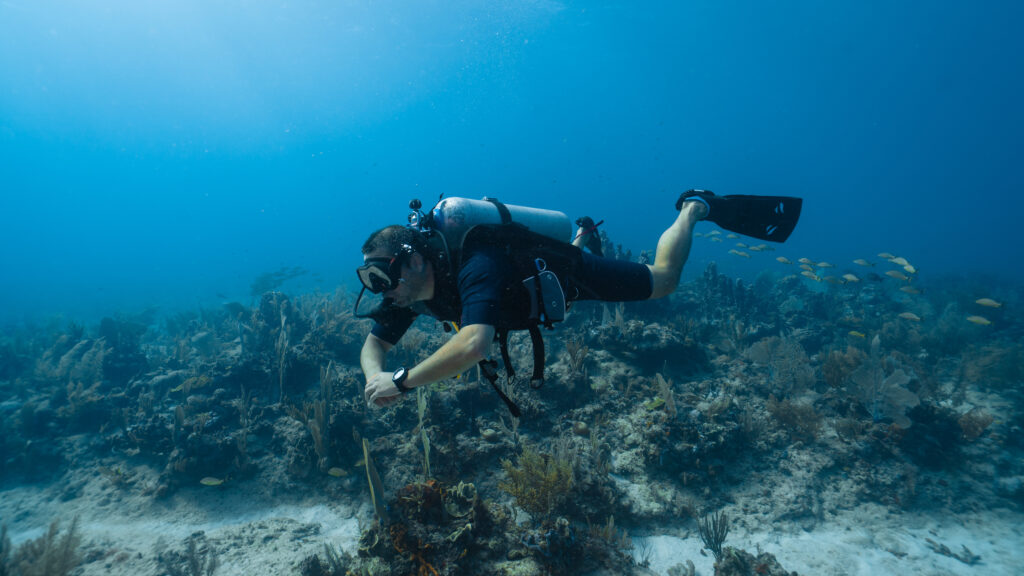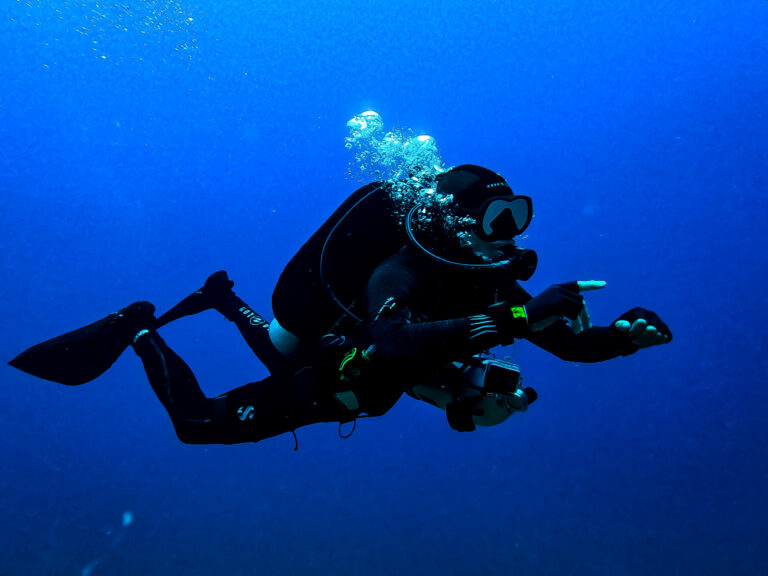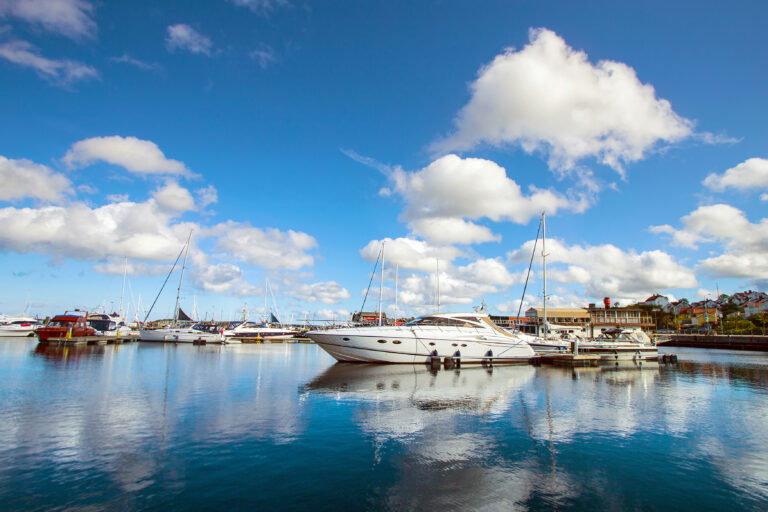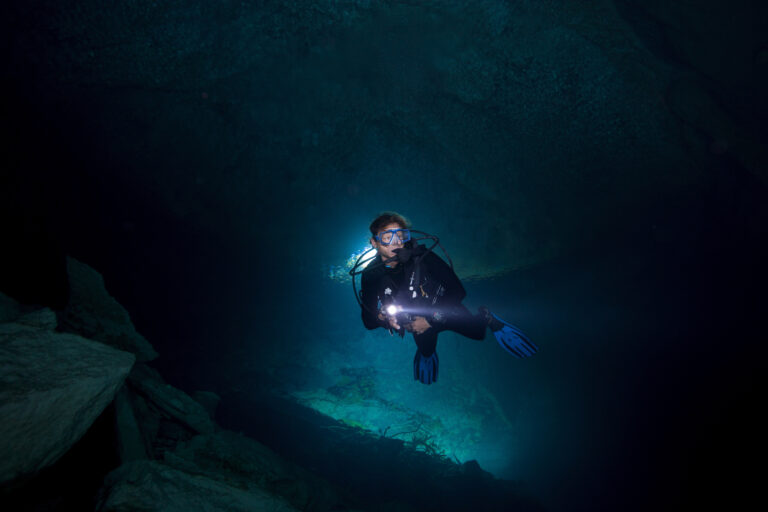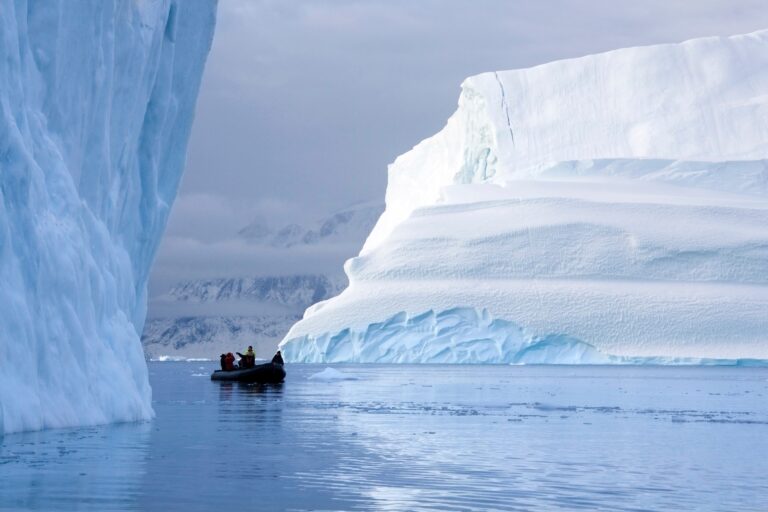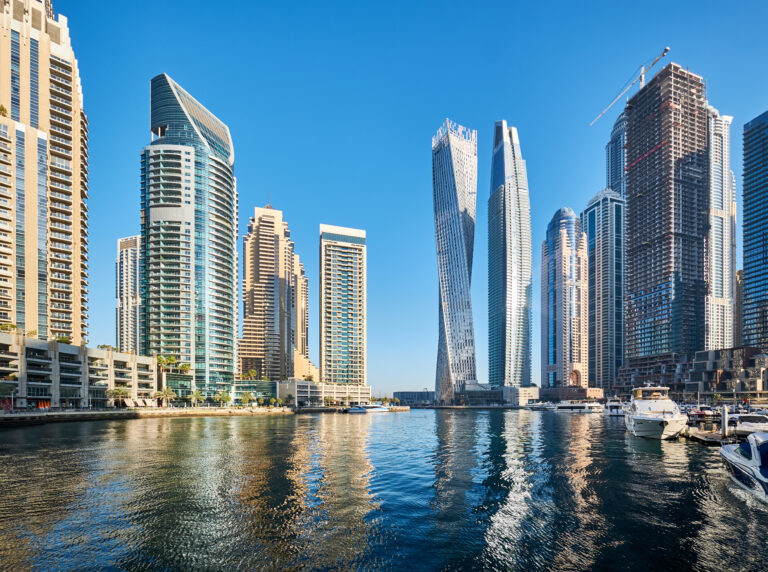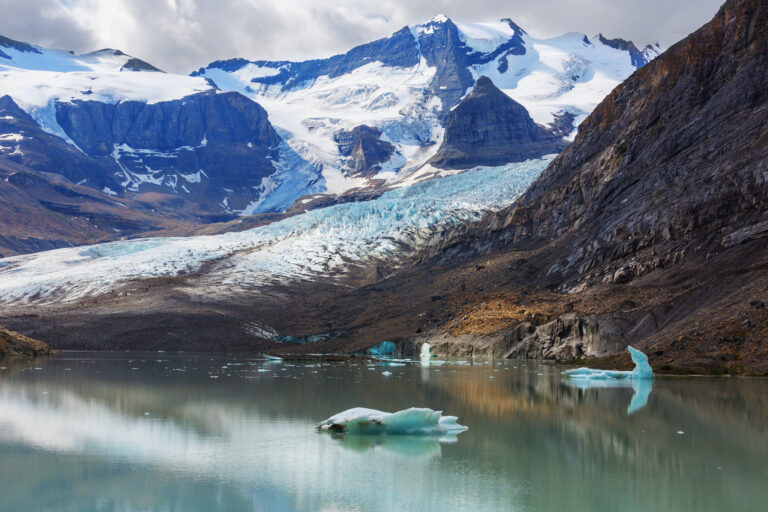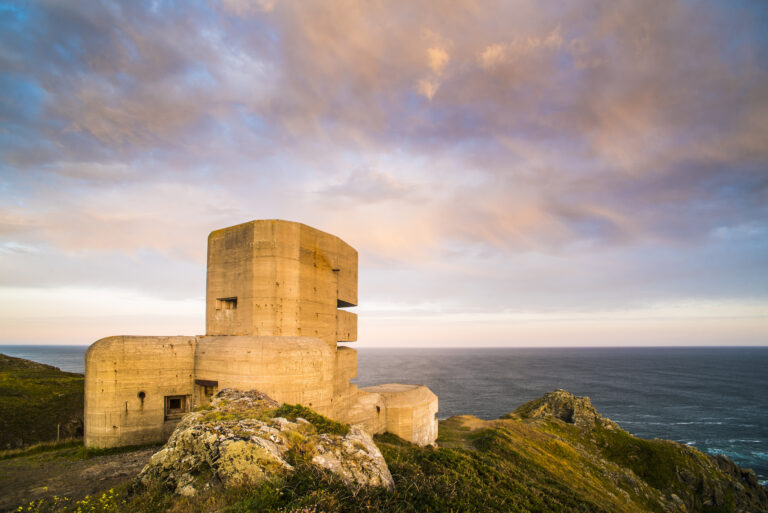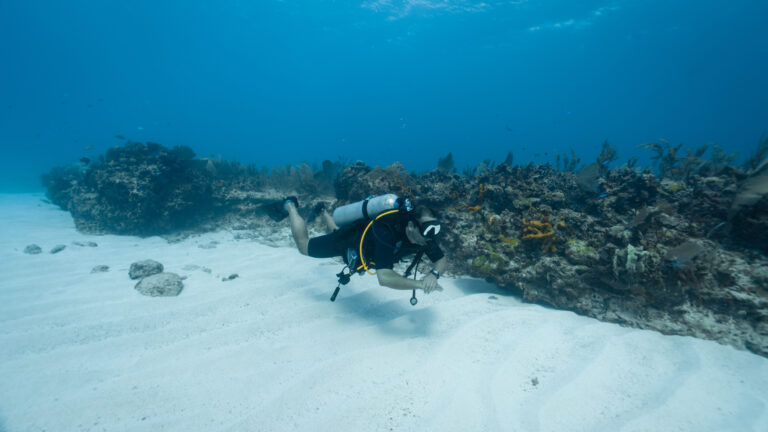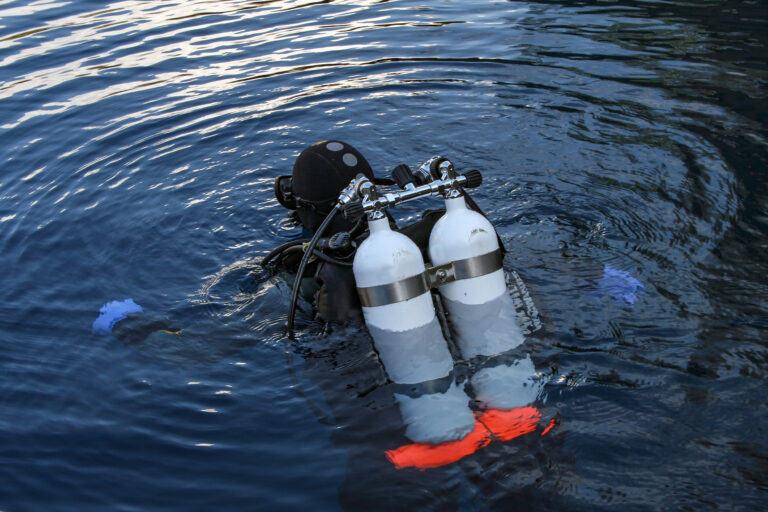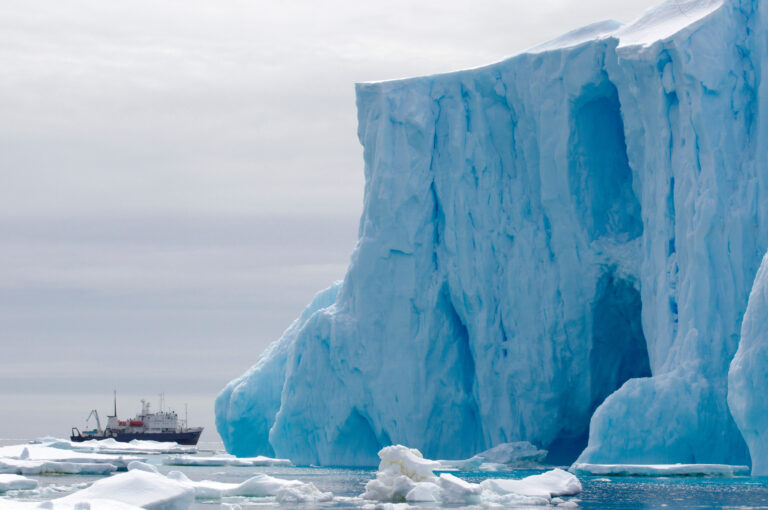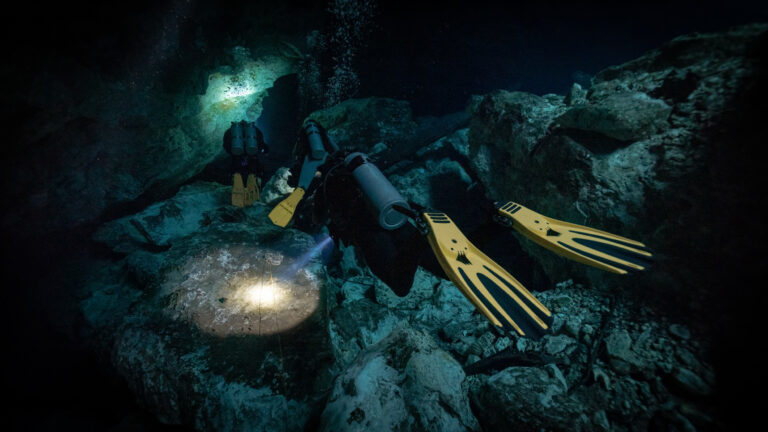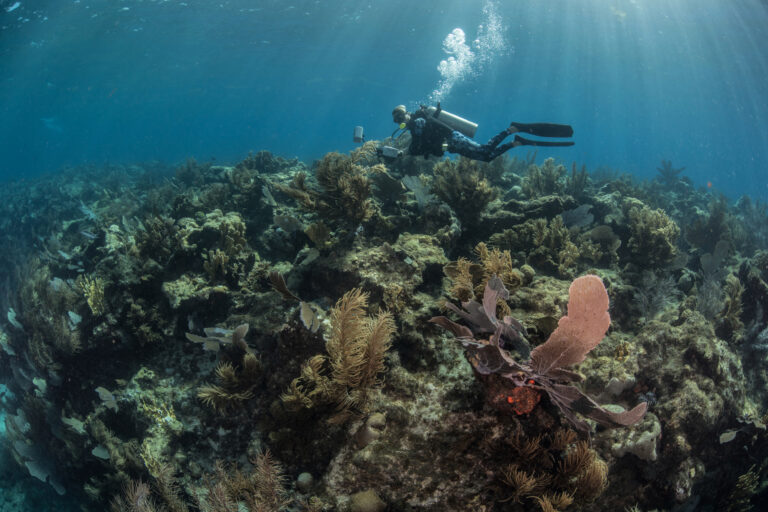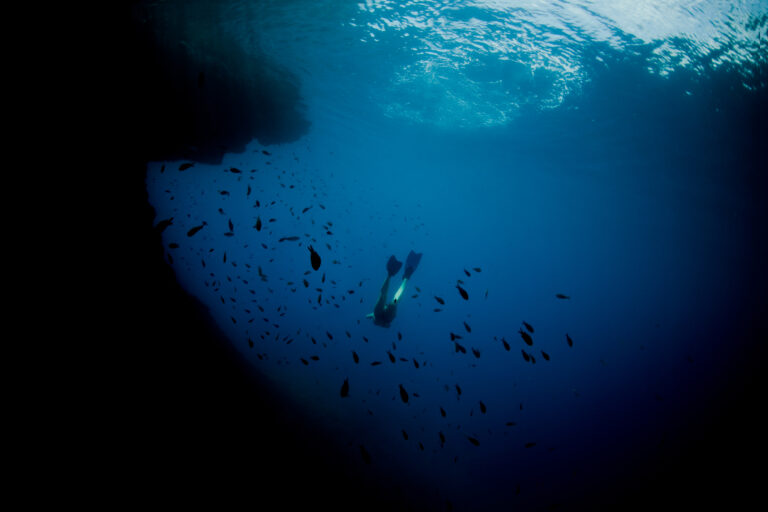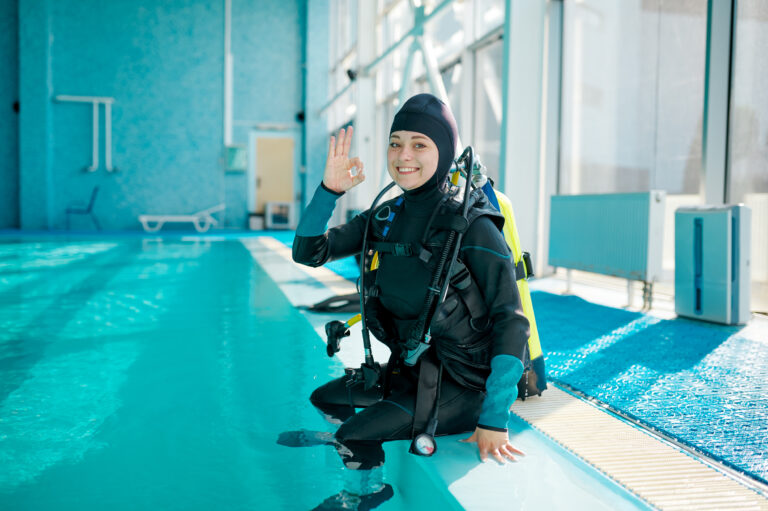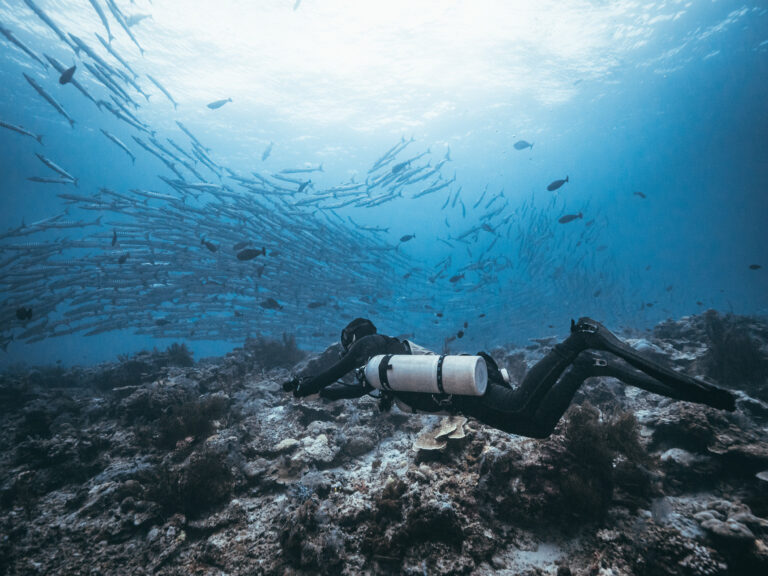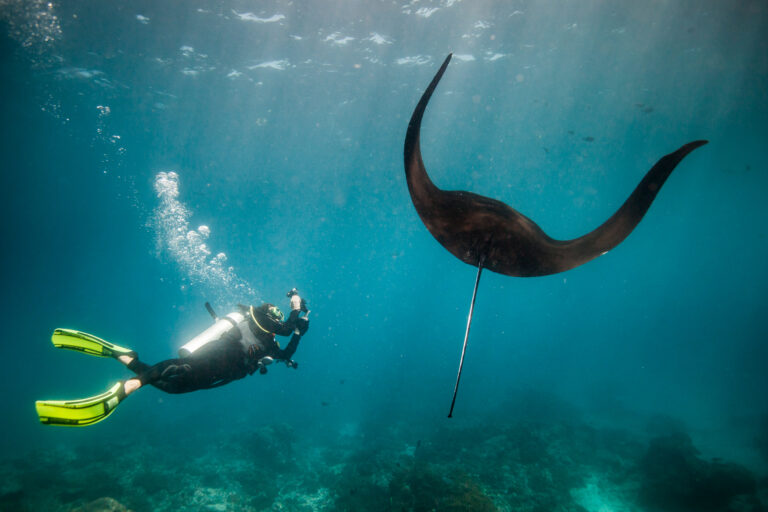Scuba Divers’ Travel Guide to Micronesia
Micronesia, a region of small islands in the western Pacific, offers scuba divers a diverse and vibrant underwater world. The clear, warm waters are home to colorful coral reefs, abundant marine life, and historic World War II wrecks. The islands’ diverse dive sites provide a range of experiences, from shallow reefs to deeper wreck dives. Micronesia’s rich cultural heritage and stunning natural beauty add to the allure for scuba travelers. With its pristine marine environments and welcoming atmosphere, Micronesia promises an unforgettable diving adventure.
Location and Geography
Nestled in the heart of the Pacific Ocean, Micronesia is an enchanting archipelago that spans over 2,000 small islands scattered across the western Pacific. This sprawling region is divided into four main island states: Pohnpei, Kosrae, Chuuk (Truk), and Yap, each offering its own unique geography and underwater landscapes. The islands of Micronesia are predominantly of volcanic origin, with lush tropical vegetation and mountainous interiors, while others are atolls composed of coral, boasting some of the world’s most pristine and vibrant reefs. The surrounding waters are renowned for their crystal-clear visibility, warm temperatures, and a remarkable array of marine biodiversity. This geographical diversity makes Micronesia a scuba diving haven, with sites ranging from steep drop-offs and serene coral gardens to historic World War II wrecks, ensuring an unforgettable underwater experience for divers of all levels.
Visa and Entry Requirements
Before embarking on your underwater adventure to the enchanting dive sites of Micronesia, it is crucial to understand the visa and entry requirements for this Pacific paradise. Travelers from most countries, including the United States, Canada, Australia, and EU member states, can enter Micronesia without a visa for stays of up to 30 days, provided they have a valid passport with at least 120 days remaining before expiration, a completed FSM Immigration Arrival and Departure Record, and proof of onward travel. Extensions for up to 90 days can be applied for with the Chief of Immigration in the state of entry. It is important to note that each of the four states of Micronesia—Yap, Chuuk, Pohnpei, and Kosrae—may have additional requirements, so it is advisable to check with the nearest embassy or consulate of the Federated States of Micronesia prior to your trip. Ensure that your travel documents are in order to guarantee a smooth entry, allowing you to focus on the breathtaking marine life and pristine coral reefs awaiting you in Micronesia’s underwater world.
Getting to Micronesia
Getting to Micronesia for an unforgettable scuba diving adventure involves a journey to the heart of the Pacific Ocean. Most travelers will find that flights to this remote paradise typically connect through major Pacific hubs such as Guam, Honolulu, or Manila. The main entry point is the Federated States of Micronesia’s international airport on the island of Pohnpei, with other accessible airports located on Chuuk, Kosrae, and Yap. Upon arrival, divers are greeted by the warm, tropical climate and the promise of exploring some of the world’s most pristine underwater ecosystems. Although the trip may require multiple layovers and a significant amount of travel time, the unparalleled clarity of the waters, the abundance of marine life, and the historic World War II wrecks make Micronesia a destination that rewards the intrepid diver with experiences that are well worth the journey.
Best Time to Dive
Getting to Micronesia for an unforgettable scuba diving adventure involves a journey to the heart of the Pacific Ocean. Most travelers will find that flights to this remote paradise typically connect through major Pacific hubs such as Guam, Honolulu, or Manila. The main entry point is the Federated States of Micronesia’s international airport on the island of Pohnpei, with other accessible airports located on Chuuk, Kosrae, and Yap. Upon arrival, divers are greeted by the warm, tropical climate and the promise of exploring some of the world’s most pristine underwater ecosystems. Although the trip may require multiple layovers and a significant amount of travel time, the unparalleled clarity of the waters, the abundance of marine life, and the historic World War II wrecks make Micronesia a destination that rewards the intrepid diver with experiences that are well worth the journey.
Accommodation Options
Accommodation options in Micronesia cater to a range of preferences, ensuring that scuba divers can find the perfect base from which to explore the region’s underwater wonders. On the islands of Palau, Yap, Chuuk (Truk), and Kosrae, divers can choose from luxury resorts, eco-friendly bungalows, and liveaboard boats that offer direct access to the best dive sites. Resorts often provide dive packages and have their own professional dive shops, making it convenient for guests to arrange excursions to famed spots like Palau’s Blue Corner or Chuuk’s ghostly WWII shipwrecks. For a more immersive experience, liveaboards are a popular choice, allowing divers to wake up at a new dive site each day. Budget-conscious travelers can find guesthouses and smaller hotels that, while simpler, still offer the essential amenities and can often assist with dive trip bookings. Regardless of where you stay, the warm Micronesian hospitality and the proximity to some of the world’s most pristine reefs and pelagic action make for an unforgettable scuba diving holiday.
Dive Operators and Dive Shops
In the crystalline waters of Micronesia, a constellation of islands scattered across the Western Pacific, dive operators and shops serve as gateways to an underwater realm of staggering beauty. From the WWII wrecks in Chuuk (Truk) Lagoon to the vibrant coral gardens of Palau, these establishments cater to divers of all levels, offering gear rentals, certification courses, and guided excursions. Knowledgeable local guides lead adventurers through the region’s signature drift dives, wall dives, and pelagic encounters, ensuring safety and highlighting ecological wonders. Dive shops in Micronesia are well-equipped, often affiliated with resorts, and provide services such as Nitrox, camera rentals, and technical diving support. They are stewards of the ocean, committed to sustainable practices that protect the fragile marine ecosystems for which Micronesia is renowned. Whether you’re planning a single day of diving or a comprehensive liveaboard experience, the dive operators in Micronesia are your trusted partners in exploring some of the most enchanting underwater landscapes on the planet.
Transportation within Micronesia
Transportation within the scattered islands of Micronesia is an adventure in itself, offering a mix of air and sea travel to connect divers with the archipelago’s underwater treasures. The primary mode of inter-island travel is by small aircraft operated by airlines such as United Airlines and Caroline Islands Air, which provide regular flights between the major islands, including Chuuk (Truk), Pohnpei, Kosrae, and Yap. For a more scenic and leisurely pace, travelers can opt for boat services, including ferries and chartered yachts, which are ideal for reaching more remote atolls and dive sites. On the main islands, rental cars and taxis are available for short distances, while bicycles and scooters offer a more relaxed way to explore the local surroundings. Regardless of the mode of transport, planning ahead is crucial in Micronesia, as schedules can be subject to change due to weather conditions and limited availability.
Currency and Payment Methods
In Micronesia, the US dollar (USD) is the official currency, which simplifies transactions for American travelers and offers a familiar reference point for international visitors. Credit cards, particularly Visa and MasterCard, are widely accepted at most hotels, dive shops, and restaurants, especially on the more developed islands such as Guam, Saipan, and Palau. However, when venturing to more remote locations or smaller islands like Yap or Chuuk, it’s advisable to carry sufficient cash, as ATMs may be scarce and some establishments may not accept cards. Traveler’s checks can be used but are less convenient than cash or cards. It’s also worth noting that while tipping is not traditionally expected in Micronesian culture, it is appreciated in the tourism industry, so having small denominations of cash for gratuities can be handy. Always ensure you have a mix of payment methods and inform your bank of your travel plans to avoid any issues with card transactions while enjoying the underwater wonders of Micronesia.
Language and Communication
In the enchanting waters of Micronesia, a region known for its rich tapestry of cultures, the primary language spoken is English, particularly in the tourism and scuba diving sectors, making communication relatively straightforward for many travelers. However, each island group within Micronesia—such as Palau, the Federated States of Micronesia (FSM), and the Marshall Islands—has its own indigenous language, with Chuukese, Pohnpeian, Yapese, and Kosraean among the most prevalent in the FSM. While English will serve you well on dive boats and within dive shops, learning a few basic phrases in the local language can greatly enhance your interaction with native residents, demonstrating respect and cultural appreciation. Hand signals, universally recognized in the diving community, remain the primary mode of underwater communication, ensuring safety and coordination among divers regardless of linguistic background. Whether you’re negotiating dive sites or sharing stories with local fishermen, a smile and a willingness to engage in the local dialect will immerse you deeper into the heart of Micronesia’s vibrant underwater world and its equally colorful cultural landscape.
Local Culture and Attractions
Micronesia, a breathtaking tapestry of scattered islands strewn across the western Pacific Ocean, offers more than just world-class scuba diving amidst its crystal-clear waters and vibrant coral reefs. The region is steeped in a rich cultural heritage that is as diverse as its marine life. Visitors can immerse themselves in the local traditions by participating in lively village festivals, savoring unique Micronesian cuisine that features an abundance of fresh seafood and tropical fruits, or exploring ancient ruins like Nan Madol in Pohnpei, known as the “Venice of the Pacific.” Each island group within Micronesia – from the spirited dances of the Chuukese to the intricate weaving arts of the Yapese – presents its own unique attractions, offering travelers a chance to connect with the local communities and their way of life. Beyond the underwater allure, the warm hospitality and enduring customs of Micronesia’s people make it a destination that enriches the soul as much as it excites the adventurous diver.
Cultural Etiquette and Tips
When visiting Micronesia for scuba diving, it’s important to approach the local culture with respect and sensitivity. Micronesians are known for their warm hospitality, but also value modesty and politeness. Dress conservatively when you’re not in the water, especially when visiting villages or interacting with locals. Always ask for permission before taking photographs of people or entering sacred sites. It’s customary to remove your shoes before entering someone’s home or a place of worship. When diving, be mindful of the environment and avoid touching or taking marine life, as the ocean is a vital resource for Micronesians and often holds cultural significance. Show gratitude for any guidance or hospitality you receive; a simple “Kalangan” (thank you in Chuukese) or “Kammagar” (thank you in Pohnpeian) can go a long way. Lastly, supporting local businesses and respecting local customs, such as the conservation of certain areas or species, will not only enhance your experience but also contribute positively to the community.
Local Laws and Regulations Relevant to Tourists
When planning a scuba diving trip to Micronesia, it is crucial to familiarize yourself with local laws and regulations to ensure a safe and lawful experience. Micronesia, with its diverse array of islands, has specific rules that govern marine activities. Tourists must obtain a diving permit, which can usually be arranged through dive operators. It is important to respect marine sanctuaries and protected areas, where fishing or collecting of any marine life is strictly prohibited. Additionally, some areas may have restrictions on the number of divers allowed per day to minimize environmental impact. Divers should also be aware of regulations regarding the interaction with and distance to be maintained from protected species, such as sea turtles and certain fish. Always check for the latest information on bag limits for any species that may be legally collected, and be mindful of the prohibition on the removal of any historical or cultural artifacts from underwater sites. Failure to adhere to these regulations can result in hefty fines and legal action, so it is in every diver’s best interest to dive responsibly and within the bounds of local laws.
Safety Tips and Emergency Contacts
When planning a scuba diving trip to the enchanting waters of Micronesia, safety should be your paramount concern. Always ensure that your dive equipment is in excellent condition and that you are diving within the limits of your certification and experience. It is crucial to be aware of the local weather conditions and currents, as they can change rapidly. Dive with a buddy and maintain clear communication throughout your underwater adventure. Familiarize yourself with the local marine life to avoid harmful encounters. In case of an emergency, it is essential to know the location of the nearest decompression chamber, which can be found on the islands of Yap and Chuuk. Keep handy the contact information for the local DAN (Divers Alert Network) representative, the nearest hospital, and emergency services. In Micronesia, the emergency contact number is 911, as in the United States. Before your trip, it is advisable to invest in comprehensive dive insurance that covers both health issues and possible evacuation. By following these safety tips and having emergency contacts readily available, you can ensure a more secure and enjoyable diving experience in the stunning underwater realms of Micronesia.
Health and Travel Insurance
When planning a scuba diving trip to the enchanting waters of Micronesia, it is crucial to consider your health and travel insurance coverage. Given the remote nature of many Micronesian islands and the potential for decompression sickness or other dive-related injuries, ensure that your policy includes comprehensive medical evacuation and hyperbaric treatment coverage. Access to hyperbaric chambers may be limited or require transportation to specialized facilities, which can be costly without proper insurance. Additionally, verify that your policy is accepted by local clinics and hospitals. It’s also wise to be up-to-date on routine vaccinations and to inquire about any additional immunizations recommended for the region. Pre-trip, consider a dive medical examination to confirm fitness for diving. By securing the right insurance and taking health precautions, you can immerse yourself in the underwater wonders of Micronesia with peace of mind.

